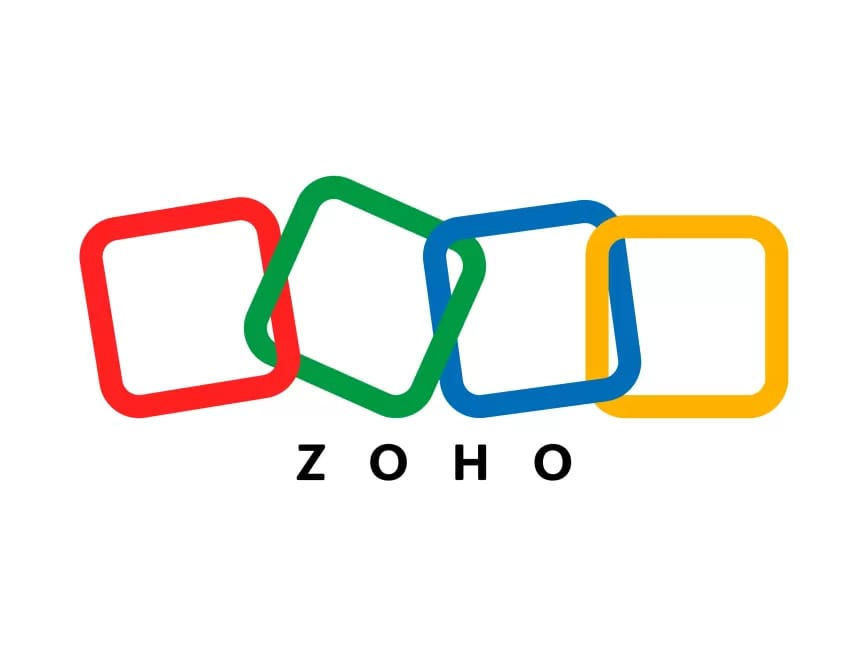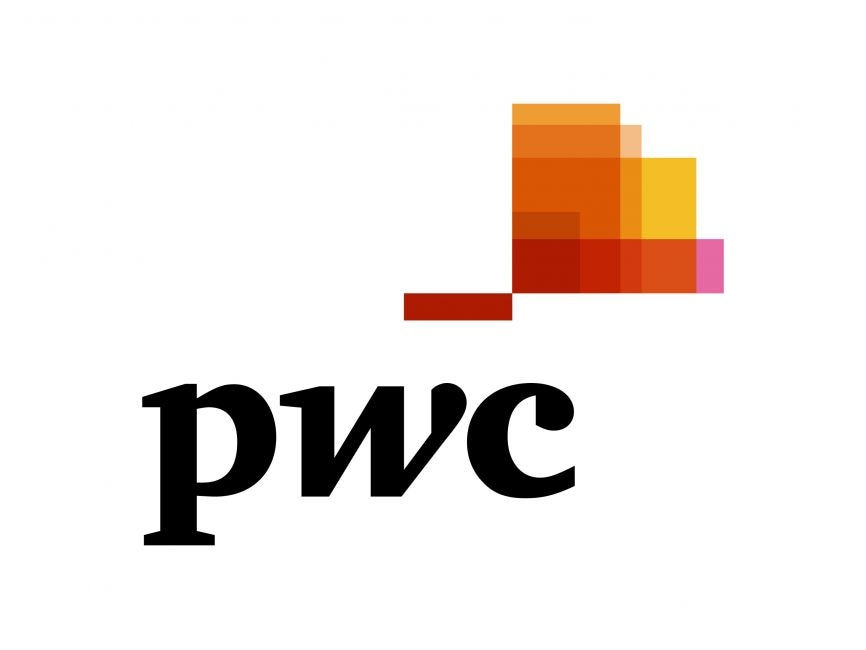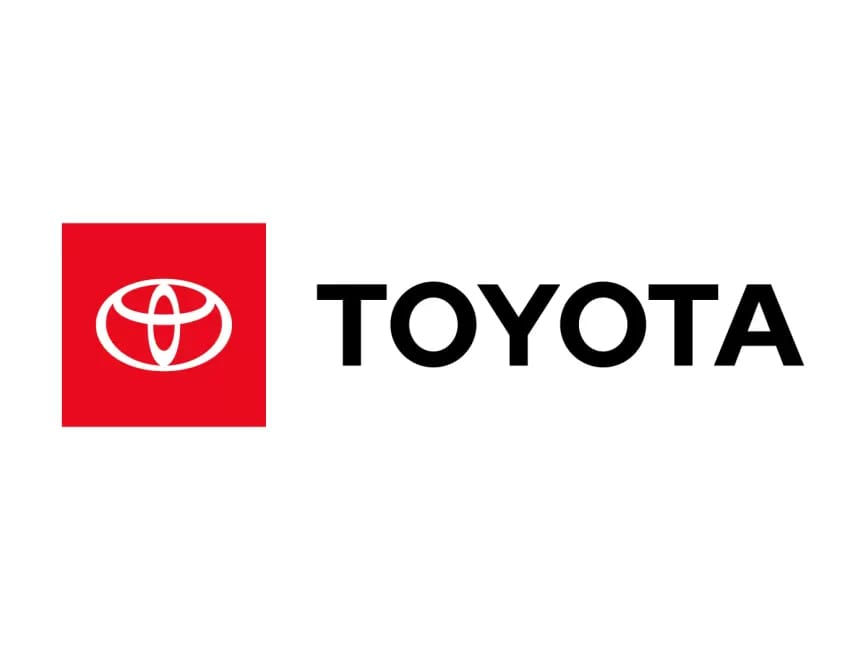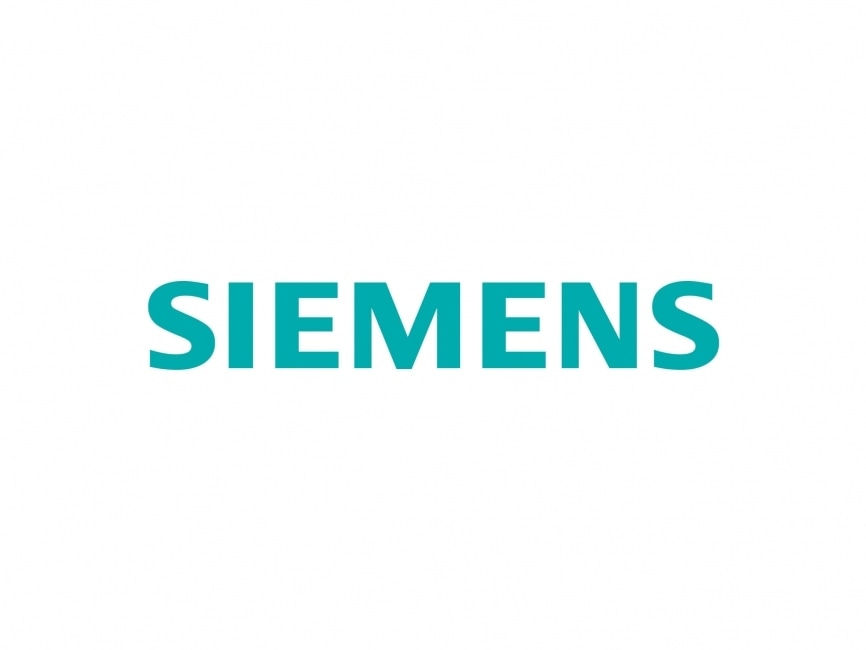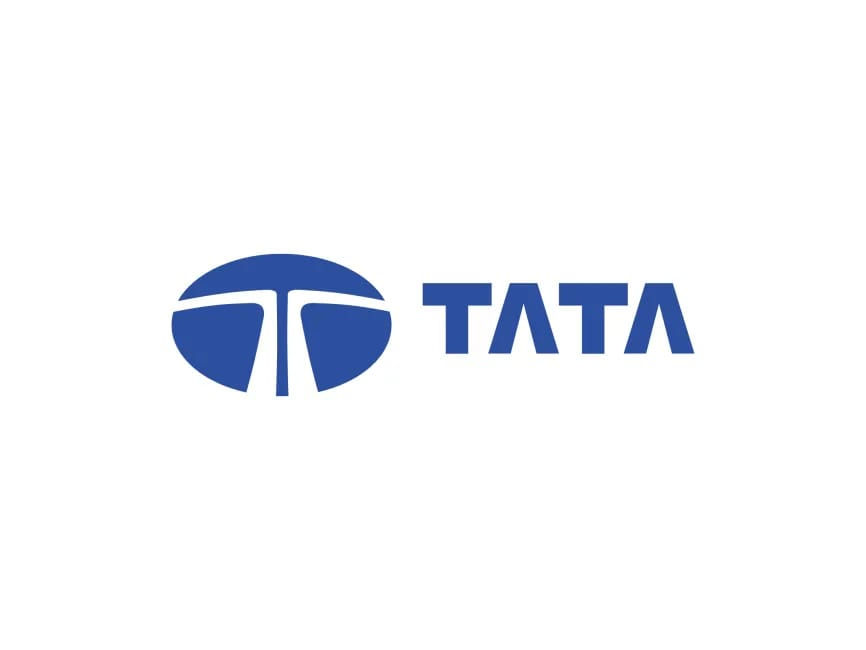Machine Learning Training
The Machine Learning Training Program offers advanced, hands-on training in key areas like supervised and unsupervised learning, deep learning, NLP, and reinforcement learning. Participants will work with tools such as Python, TensorFlow, Keras, and Scikit-learn to build, train, and optimize machine learning models.
The course covers model evaluation, hyperparameter tuning, and deployment through real-world projects. Ideal for software engineers and data scientists with a programming background, this program provides expert mentorship, flexible learning options, and an industry-recognized certification to help learners excel in machine learning applications.
4.8
Why Choose Skillairo?
Expert-Led Training
Internship experience
Industry Relevent Curriculum
Hands-On Projects
LMS Access
Comprehensive Tools and Technologies
professional certifications
Career Support
TRAINING PATH
SKILLS COVERED
INDUSTRY PROJECTS
Predicting House Prices
Build a model to predict house prices based on features such as location, size, and amenities. Use regression models to make predictions and evaluate the model’s accuracy. The key component include 1.User Interface (UI) Elements The UI includes forms for entering property details like square footage, number of bedrooms, bathrooms, and location. It features an intuitive dashboard displaying price predictions, visual analytics such as charts for market trends, and filters for comparing properties. 2.Backend Architecture The backend integrates a database to store historical housing data, APIs for real-time data retrieval, and server-side logic for processing predictions. Machine learning models are deployed on the backend to generate predictions based on user inputs. 3.Main Functionalities Core functionalities include property price prediction, comparison of similar properties, and market trend analysis. The system allows users to upload property details, view price forecasts, and analyze key factors influencing property value. 4.Advanced Features Advanced features include the integration of GIS (Geographic Information System) data for precise location analysis, heatmaps for market trends, and automated valuation models (AVMs). Real-time updates on housing market changes enhance decision-making capabilities. 5.External Libraries and APIs Libraries like Scikit-learn, TensorFlow, or PyTorch power the machine learning models. APIs such as Zillow or Google Maps provide real estate and location data, while visualization tools like Matplotlib or Plotly create graphical insights. Technologies Python (for machine learning models), HTML, CSS, JavaScript (for frontend), Flask/Django/FastAPI (for backend), MongoDB/MySQL/PostgreSQL (for database), Scikit-learn/TensorFlow/PyTorch (for ML), Google Maps API (for location data), Docker/Kubernetes (for deployment), and AWS/GCP/Azure (for hosting). Outcome A house price prediction system provides accurate estimates of property values, empowering users with actionable insights. By leveraging historical data and advanced machine learning models, it facilitates smarter decision-making in the real estate market.
Customer Churn Prediction

Predict customer churn for businesses by analyzing customer data. Use classification algorithms to identify factors contributing to churn and help businesses retain customers. The key component include 1.User Interface (UI) Elements The UI features dashboards that display key metrics like churn probability, retention rates, and customer segmentation. Interactive visualizations such as pie charts, trend lines, and heatmaps provide actionable insights, while forms allow users to upload customer data for analysis. 2.Backend Architecture The backend integrates a database to store customer information and historical records. Machine learning models are deployed to process data and generate predictions, while APIs facilitate seamless communication between the frontend and backend. 3.Main Functionalities Core functionalities include churn prediction for individual customers, customer segmentation based on churn risk, and actionable recommendations to reduce churn. The system also supports automated data preprocessing and insights generation. 4.Advanced Features Advanced features include real-time churn monitoring, integration with CRM systems for personalized interventions, and predictive analytics to identify trends. AI-driven suggestions and scenario simulations further assist in decision-making. 5.External Libraries and APIs Libraries like Scikit-learn, TensorFlow, or PyTorch support machine learning models. Visualization tools such as Matplotlib or Seaborn create graphical insights, and APIs like Twilio or SendGrid enable automated customer communication. 6.App Structure The system employs an end-to-end pipeline where data is collected, cleaned, and fed into machine learning models. The predictions and insights are displayed on the frontend through RESTful API interactions, ensuring scalability and efficiency. Technologies Python (for machine learning and data processing), HTML, CSS, JavaScript (for frontend), Flask/Django/FastAPI (for backend), MongoDB/MySQL/PostgreSQL (for database), Scikit-learn/TensorFlow/PyTorch (for ML models), Matplotlib/Seaborn (for visualizations), Docker/Kubernetes (for deployment), and AWS/GCP/Azure (for hosting). Outcome Customer Churn Prediction enables businesses to proactively identify at-risk customers and take corrective actions to improve retention. By leveraging advanced machine learning models, the system empowers companies to enhance customer satisfaction, loyalty, and revenue.
Sentiment Analysis

Analyze the sentiment of text data (e.g., social media posts, reviews) to classify it as positive, negative, or neutral. Use Natural Language Processing (NLP) techniques and machine learning models like Naive Bayes or LSTM. The key component include 1.User Interface (UI) Elements The UI includes text input forms where users can enter or upload textual data, and dashboards that display sentiment results as charts, graphs, and word clouds. Additional features include options to filter results by sentiment type and highlight key phrases contributing to sentiment. 2.Backend Architecture The backend integrates a database for storing textual data and analysis results. Pre-trained Natural Language Processing (NLP) models are deployed to classify sentiment, while APIs handle data exchange between the frontend and backend. 3.Main Functionalities Core functionalities include sentiment detection for individual texts, bulk sentiment analysis for datasets, and sentiment trend visualization over time. The system can also generate summaries of positive, negative, or neutral content. 4.Advanced Features Advanced features include multi-language sentiment analysis, sarcasm detection, and aspect-based sentiment analysis for deeper insights. Real-time processing of live data streams from social media or customer reviews is also supported. 5.External Libraries and APIs NLP libraries like NLTK, SpaCy, or Hugging Face Transformers are used for text preprocessing and model implementation. APIs such as Twitter API for social media data collection and Google Cloud NLP API for sentiment detection can also be integrated. 6.App Structure The system employs a pipeline where raw text data is collected, preprocessed, and analyzed using NLP models. The results are stored in the database and visualized on the frontend via RESTful API interactions, ensuring modularity and scalability. Technologies Python (for NLP and sentiment analysis), HTML, CSS, JavaScript (for frontend), Flask/Django/FastAPI (for backend), MongoDB/MySQL/PostgreSQL (for database), NLTK/SpaCy/Hugging Face Transformers (for NLP models), Matplotlib/Seaborn/Plotly (for visualizations), Docker/Kubernetes (for deployment), and AWS/GCP/Azure (for hosting). Outcome Sentiment Analysis provides businesses and individuals with valuable insights into public opinion and customer feedback. By leveraging NLP techniques, the system enhances decision-making processes, improves customer engagement strategies, and strengthens brand perception.
Image Classification

Build a model to classify images into predefined categories (e.g., dogs vs. cats). Use Convolutional Neural Networks (CNNs) and deep learning techniques for image recognition tasks. The key component include 1.User Interface (UI) Elements The UI includes an image upload interface, drag-and-drop functionality, and a dashboard displaying classification results. Visual elements such as confidence scores, class labels, and examples of similar images enhance usability and user understanding. 2.Backend Architecture The backend includes a database for storing image data and model predictions. Pre-trained deep learning models like Convolutional Neural Networks (CNNs) are deployed to classify images, and APIs handle interactions between the frontend and backend. 3.Main Functionalities Core functionalities include single or batch image classification, real-time predictions, and visualization of classification results. Additional features allow users to upload images, view classification confidence levels, and analyze model outputs. 4.Advanced Features Advanced features include multi-label classification, explainable AI (XAI) to interpret model decisions, and real-time processing for video frames. Integration with cloud platforms enables scalability for large datasets and high user traffic. 5.External Libraries and APIs Libraries like TensorFlow, PyTorch, or Keras power the deep learning models. APIs like Google Cloud Vision API or AWS Rekognition provide image classification capabilities. Visualization libraries such as Matplotlib or OpenCV are used to render results. 6.App Structure The system follows a modular pipeline where images are uploaded, preprocessed, and passed through a trained model for classification. The results are stored in the database and displayed on the frontend using RESTful API communication, ensuring efficiency and scalability. Technologies Python (for machine learning and image processing), HTML, CSS, JavaScript (for frontend), Flask/Django/FastAPI (for backend), MongoDB/MySQL/PostgreSQL (for database), TensorFlow/PyTorch/Keras (for deep learning), OpenCV/Matplotlib (for visualizations), Docker/Kubernetes (for deployment), and AWS/GCP/Azure (for hosting). Outcome Image Classification systems enable automated categorization of images with high accuracy, saving time and resources in manual labeling tasks. By leveraging advanced deep learning models, they deliver fast and reliable results, driving efficiency and innovation in various industries.
Movie Recommendation System

Develop a recommendation system that suggests movies to users based on their past preferences. Implement collaborative filtering or content-based filtering methods to provide personalized recommendations. The key component include 1.User Interface (UI) Elements The UI includes a movie search bar, interactive recommendation widgets, and a personalized dashboard displaying recommended movies. Features like user ratings, watchlists, and genre filters make the system intuitive and user-friendly. 2.Backend Architecture The backend comprises a database for storing movie metadata, user profiles, and interaction logs. Machine learning models are deployed to process this data and generate recommendations, with APIs managing data flow between the frontend and backend. 3.Main Functionalities Core functionalities include personalized movie recommendations, user profile management, and dynamic suggestions based on user activity. Other features include filtering movies by genre, release date, or ratings and providing trending or popular recommendations. 4.Advanced Features Advanced features include collaborative filtering for user-based or item-based recommendations, content-based filtering using movie metadata, and hybrid models combining both approaches. Real-time updates for new movies and dynamic adaptation to user preferences enhance the system’s efficiency. 5.External Libraries and APIs Libraries like Scikit-learn and TensorFlow support machine learning implementations. APIs such as The Movie Database (TMDb) API or IMDb API provide access to extensive movie metadata, while Flask or FastAPI facilitate backend services. 6.App Structure The system uses a pipeline where user interactions are logged and analyzed to train models. The models generate recommendations displayed on the frontend, ensuring seamless interaction through RESTful API communication. Technologies Python (for machine learning and backend development), HTML, CSS, JavaScript (for frontend), Flask/Django/FastAPI (for backend), MongoDB/MySQL/PostgreSQL (for database), TensorFlow/Scikit-learn (for machine learning), TMDb API/IMDb API (for movie data), Docker/Kubernetes (for deployment), and AWS/GCP/Azure (for hosting). Outcome A Movie Recommendation System enhances user engagement and satisfaction by delivering highly relevant movie suggestions. It streamlines the content discovery process, boosts platform retention rates, and provides valuable insights into user preferences for further optimization.
CERTIFICATIONS
Get certified in Machine Learning through our program and receive both a Training Completion Certificate and an Internship Completion Certificate. The prestigious Top Performer Certificate is awarded to outstanding students who performed exceptionally well during both the training and internship phases.



PRICING PLAN
Add terms and conditions
Best Value
Self-Paced Program
5,000
Valid until canceled
✔️ Pre-recorded videos
✔️ 6+ Hours of Live Classes by Industry Experts
✔️ Doubt Sessions
✔️ Real-time Projects
✔️ Certifications
✔️ One-on-one Doubt Sessions
❌ Interview Assistance
❌ Placement Guidance
Choose your pricing plan
Find one that works for you
Add terms and conditions
Best Value
Mentor Led Program
9,000
Valid until canceled
✔️ Pre-recorded videos
✔️8+ Hours of Live Classes by Industry Experts
✔️ Doubt Sessions
✔️ Real-time Projects
✔️ Certifications
✔️ One-on-one Doubt sessions
✔️ Interview Assistance
❌ Placement Guidance
Choose your pricing plan
Find one that works for you
Add terms and conditions
Best Value
Advanced Program
18,000
Valid until canceled
✔️ Pre-recorded videos
✔️ 24+ Hours of Live Classes by Industry Experts
✔️ Doubt Sessions
✔️ Real-time Projects
✔️ Certifications
✔️ One-on-one Doubt session
✔️ Interview Assistance
✔️ Placement Guidance
Choose your pricing plan
Find one that works for you
MACHINE LEARNING INDUSTRY TRENDS
These trends underscore India's expanding role in the global Machine Learning landscape, supported by a robust IT industry and a growing pool of skilled professionals.
49.7 % Annual Growth Rate

Source: Grand View Research,
The machine learning sector in India is experiencing remarkable growth, with various reports highlighting its rapid expansion:
-
Grand View Research projects that the Indian machine learning market will grow from approximately USD 1,964.2 million in 2023 to USD 33,158.0 million by 2030, reflecting a compound annual growth rate (CAGR) of 49.7% during the 2024–2030 period.
-
IMARC Group estimates that the market will reach USD 13.1 billion by 2032, exhibiting a CAGR of 37.3% from 2024 to 2032.
These projections underscore the significant momentum in India's machine learning landscape, driven by increased adoption across various industries and substantial investments in technology and talent development.
Other key industry trends
-
India's machine learning market is rapidly growing, projected to reach USD 1,193.1 million by 2027, up from 3.2% of the global data science platform market in 2020, making it the fastest-growing market in Asia-Pacific.
-
India's machine learning market is experiencing significant expansion due to increased adoption across industries such as healthcare, finance, e-commerce, and education.
-
The rise of start-ups, government initiatives like Digital India, and increasing investments in AI and ML training contribute to this rapid growth.
INR 5-30 L Annual Salary
In India, machine learning engineers are among the highest-paid professionals in the tech industry. The average annual salary for a machine learning engineer is around ₹10 lakh, with total compensation potentially reaching ₹12-15 lakh for more experienced professionals. Entry-level positions typically start at ₹5 lakh annually, while highly experienced machine learning engineers and data scientists can earn up to ₹30 lakh or more, especially in major tech hubs like Bengaluru, Hyderabad, and Gurgaon.
The demand for machine learning specialists is expected to increase by 25-30% by 2025 as businesses continue to leverage AI and ML technologies for smarter operations and decision-making.


OUR OFFICIAL TRAINING PARTNERS
Through partnerships with top-tier institutions, we provide specialized training that is designed to support students' academic and professional growth.

IIM KASHIPUR
AGNITRAYA
OUR ALUMNI WORK AT
Our alumni are already pushing boundaries in their fields. Former students are excelling in high-profile industries and influencing the landscape of tomorrow.














